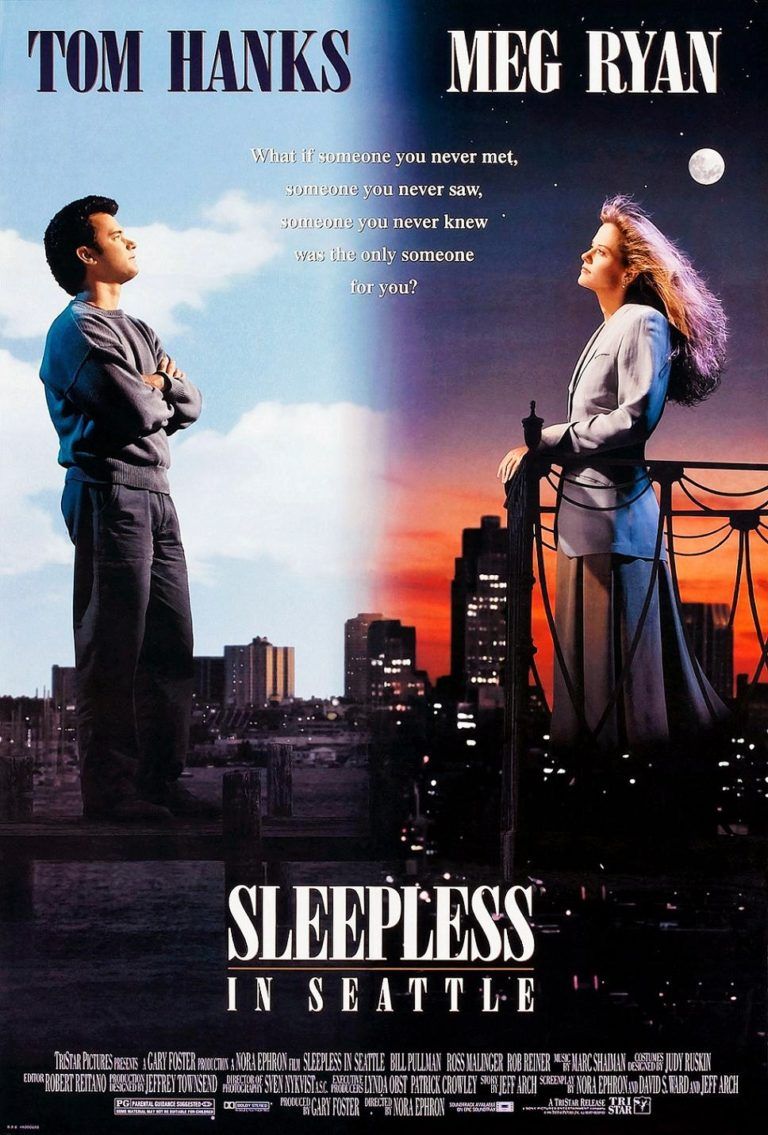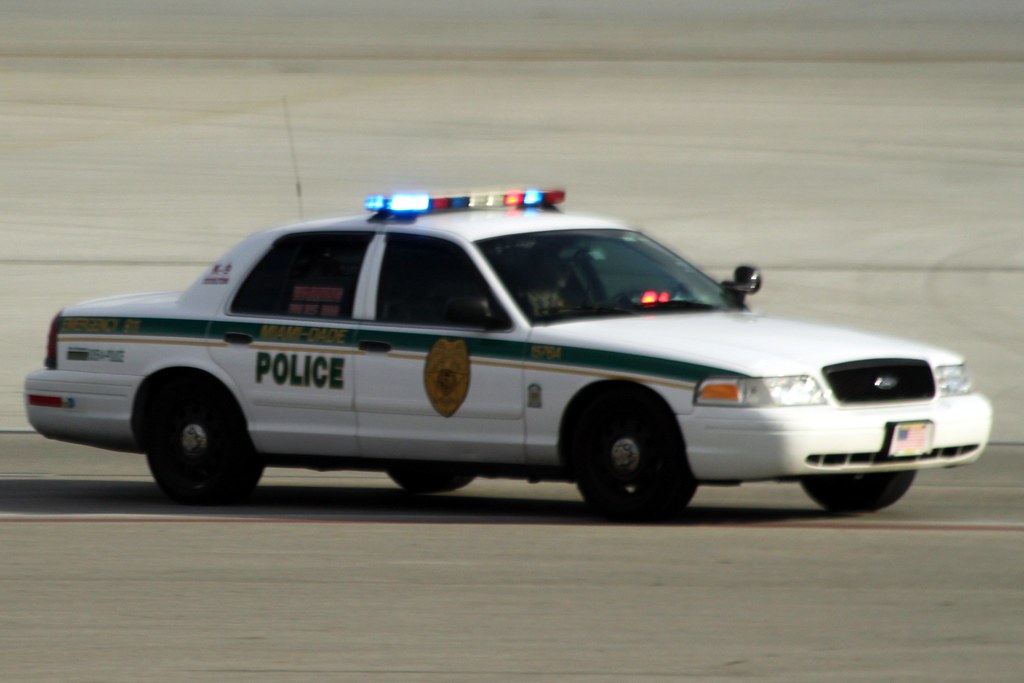
You know his name. You’ve got his number. Since 1962, James Bond has been more than just a spy; he’s an international man of mystery, a guru of gadgets, and the quintessential agent who never encountered a boundary – be it country or personal space – he couldn’t sneak across. The 007 franchise, celebrating its six-decade-long stamp on cinema, arrived in the midst of the Cold War and has since invented and continues to define the Hollywood action movie. It’s a universe brimming with groovy gadgets, sensational set pieces, luscious locales, sinister seductresses, and, of course, Bond… James Bond, the straw that stirs the drink (a vodka martini shaken not stirred, naturally).
With Daniel Craig’s remarkable run as 007 now in the books, marking a significant chapter that restored the grit and danger to the franchise, and as we eagerly await the announcement of who will be the next iteration of this iconic character, it’s the perfect moment to look back. Each of the six men who have taken on the mantle has brought their own unique interpretation to the role, shaping the character and the series in profound ways. From Sean Connery’s debonair rogue to Daniel Craig’s brooding, brutish hulk, Bond has consistently evolved, captivating generations of viewers.
Now, armed with the definitive Tomatometer rankings and critical consensus that cut through decades of cinematic history, we’re delving into the classified files to present what many consider the definitive ranking of the finest films in the James Bond canon. So, sit back, grab a cocktail – you know which kind – and prepare to see if your own cherished opinions line up with the critical acclaim of these ten cinematic triumphs.

1. **007: Goldfinger (1964)**Commanding a near-perfect 99% on the Tomatometer, *Goldfinger* isn’t just a movie; it’s the moment James Bond, as we know him, truly coalesced. The critics’ consensus proudly declares it as the point where 007 “comes into focus,” featuring one of the character’s most iconic lines, “A martini. Shaken, not stirred,” which would become an unbreakable part of pop culture lexicon. This film cemented the formula, showcasing a wide range of gadgets that were destined to become the series’ trademark, captivating audiences with their ingenuity and flair.
Special agent 007, portrayed by the incomparable Sean Connery, finds himself pitted against one of the most notorious villains of all time, the eponymous Goldfinger, brought to life by Gert Fröbe. Their confrontation defined the hero-villain dynamic for the franchise, filled with high stakes and memorable exchanges. Connery’s effortless charm and menacing edge are on full display, making him the debonair rogue that women crave and men aspire to be, albeit in vain.
The film’s direction by Guy Hamilton ensured a thrilling pace and iconic visuals, from the laser beam scene to the climactic confrontation at Fort Knox. *Goldfinger* didn’t just entertain; it set the standard for what a blockbuster spy thriller could achieve, influencing countless films and solidifying Bond’s place as a global phenomenon. It is an absolute masterclass in entertainment, leaving an indelible mark on cinematic history with its blend of suspense, spectacle, and sophistication.

2. **From Russia With Love (1963)**Hot on *Goldfinger*’s heels, with a stellar 97% Tomatometer score, *From Russia With Love* is celebrated as the second James Bond film and an absolutely razor-sharp, briskly-paced Cold War thriller. It stands out for its electrifying action scenes and a plot that delves deeper into the espionage genre’s darker corners, establishing Spectre as a formidable and recurring threat. This installment truly raised the stakes, moving beyond the initial introduction of Bond to a more complex and dangerous world.
Agent 007, once again embodied by Sean Connery, finds himself entangled in a secret battle against Spectre, “The Special Executive for Counter-Intelligence, Terrorism, Revenge, and Extortion.” The narrative expertly weaves together Cold War paranoia with thrilling espionage, creating a tense atmosphere that keeps viewers on the edge of their seats. The film’s critical consensus highlights its intensity and the sheer quality of its action sequences, which were groundbreaking for their time and remain impactful even today.
The ensemble cast, featuring Daniela Bianchi, Robert Shaw, and Lotte Lenya, delivers captivating performances that elevate the intricate plot. Terence Young’s direction is meticulous, crafting a film that is both stylish and gritty, showcasing Bond’s resourcefulness and the brutal realities of his profession. *From Russia With Love* demonstrated that the franchise was not a one-hit wonder, but a powerhouse capable of delivering consistently high-quality, thrilling entertainment, solidifying Connery’s reign and setting a high bar for subsequent films.
Read more about: Remembering Sir Sean Connery: An In-Depth Look at the Enduring Legacy of a Cinematic Titan
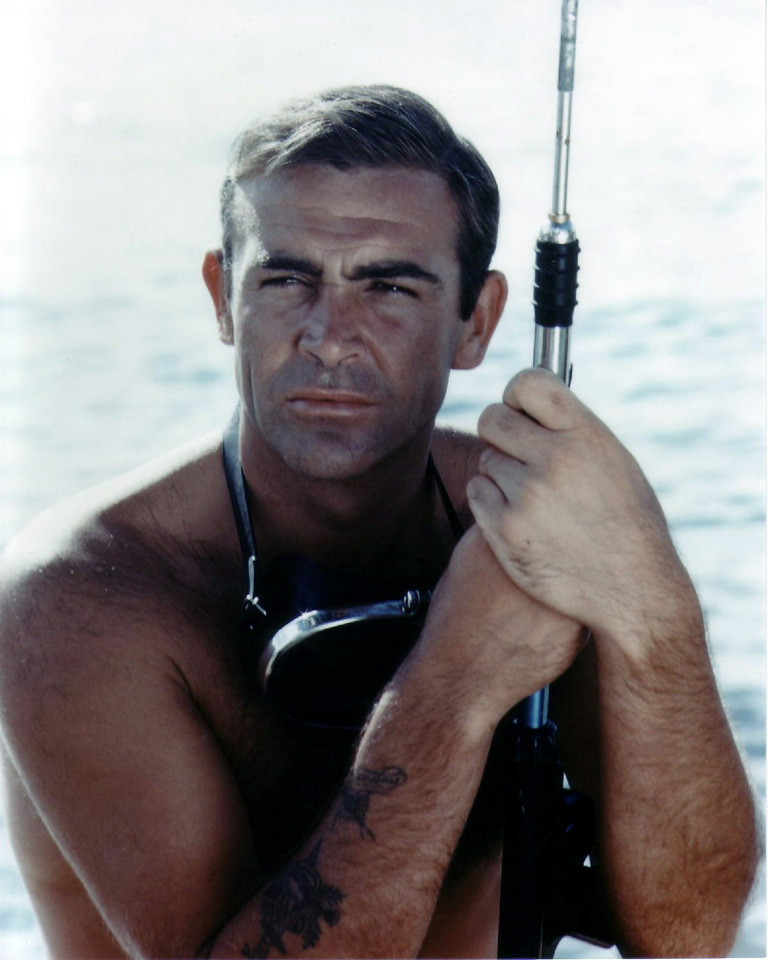
3. **Dr. No (1962)**The film that launched the James Bond saga, *Dr. No*, holds a strong 95% on the Tomatometer, and its critical consensus rightly credits it with kicking off the franchise “in style.” It introduced audiences to plenty of the humor, action, and escapist thrills that the series would become known for, laying down the fundamental groundwork for six decades of cinematic adventures. This is where the legend truly began, shaping the iconic character and his world.
In this foundational entry, Agent 007, in Sean Connery’s purring introduction of “Bond… James Bond,” battles the mysterious Dr. No, a scientific genius portrayed with sadistic mandarin smarm by Joseph Wiseman. The film established many of the signature Bond tropes: the slinky Monty Norman guitar theme, the mandatory-if-outdated, easy-on-the-eyes “Bond girl” (Ursula Andress’s iconic emergence as Honey Ryder), and the villain’s super cool Jamaican lair. It was a blueprint for everything that was to follow.
Directed by Terence Young, *Dr. No* successfully constructed the cinematic world of James Bond so perfectly from the outset. While some might find it a little slower-paced compared to later, more explosive entries, its significance cannot be overstated. It brilliantly set the tone, character, and stylistic elements that would define one of the most enduring film franchises in history, proving that the original could still hold its own as a compelling and stylish piece of cinema. It’s the origin story that keeps giving, ensuring its place among the best.
Read more about: Beyond the Tuxedo: Unpacking Sean Connery’s Most Cherished Role and the Unforgettable Performances That Defined a Legend

4. **Casino Royale (2006)**Marking a spectacular return to form for the franchise, *Casino Royale* stormed onto the scene with a 94% Tomatometer score, heralded by critics for intelligently dispensing “the silliness and gadgetry that plagued recent James Bond outings.” Daniel Craig delivered a performance that fans and critics had been waiting for: a caustic, haunted, intense reinvention of 007. It was a bold, back-to-basics reboot of a wheezing franchise, injecting much-needed adrenaline and grit.
After receiving his license to kill, British Secret Service agent James Bond, played by Craig, heads to Madagascar, where he uncovers a terrorist network. His sneer and occasional smile were perfectly calibrated to the modern cynical viewer, showcasing a vulnerable yet brutal agent. This was a Bond who was not afraid to get his hands dirty, or, as the context notes, “his skinned knuckles and wounded heart” would resurrect the series, especially when facing off against Mads Mikkelsen’s blood-weeping villain, Le Chiffre, in an unforgettable torture scene.
Directed by Martin Campbell, *Casino Royale* was a raised middle finger to all the naysayers who initially criticized Craig’s casting. It redefined Bond for the new millennium, portraying a 007 grappling with the moral complexities of his profession and the personal costs of his missions. The film’s success proved that Bond could be both classic and contemporary, maintaining its iconic status while venturing into more emotionally resonant territory, establishing Craig as the 007 that the new millennium desperately needed.

5. **Skyfall (2012)**Daniel Craig’s crowning achievement as Bond, *Skyfall*, soared with a 92% Tomatometer score and was hailed as “the Best 007 film in 35 years.” Sam Mendes brought Bond surging back with a smart, sexy, riveting action thriller that critics rightly qualify as one of the best 007 films to date. It’s a spectacular entry that perfectly blends the grittiness of Craig’s era with nostalgic elements from the franchise’s storied past.
When James Bond’s latest assignment goes terribly wrong, leading to a calamitous turn of events, the narrative explores deeply personal territory, focusing on Bond’s relationship with M, played by Judi Dench. Their interplay is described as so lived-in and layered it almost has a romantic edge, adding profound emotional depth to the film. Javier Bardem’s Silva emerges as one of the most colorfully twisted villains the series has ever conjured, a truly memorable antagonist who challenges Bond on both physical and psychological levels.
New additions to the cast, including Ben Whishaw as Q, Naomie Harris as Eve Moneypenny, and Ralph Fiennes as Gareth Mallory (later M), shine in their debuts, seamlessly integrating into the established universe. The film skillfully serves up Bond’s backstory with nuggets of nostalgia and Easter eggs targeted to the faithful, demonstrating a deep respect for the franchise’s history. *Skyfall* delivered a fantastic cinematic experience, proving that the faithful had been waiting a very long time for a 007 film of this caliber, solidifying its place as a modern classic in the Bond canon.
Read more about: 15 Movie Supervillains: The Smartest Minds Behind the Most Evil Plans

6. **Thunderball (1965)**With a solid 85% on the Tomatometer, *Thunderball* stands as a testament to the franchise’s rapidly escalating ambition and spectacle. Critics praised its “lavishly rendered set pieces and Sean Connery’s enduring charm,” cementing it as a big, fun adventure. While it might not quite hit the dizzying heights of its immediate predecessors, this film truly upped the ante on gadgets and ensured they would become an integral part of the franchise from then on, pushing the boundaries of what audiences expected from a spy thriller.
The plot sees SPECTRE once again getting their hands on a nuclear warhead, a premise that might sound familiar, but *Thunderball* makes it utterly captivating. This is the movie where Sean Connery’s 007 gets to bust out a jet pack, kill someone with a speargun, and even negotiate his way out of a swimming pool full of sharks, delivering pure, unadulterated Bond thrills. The aquatic sequences, especially for their time, remain remarkably cool and visually stunning, immersing viewers in an underwater world of espionage and danger.
Adolfo Celi delivers a memorable performance as the eye-patched villain Emilio Largo, a character described as part Ahab and part the Skipper from Gilligan’s Island, adding a unique blend of menace and quirky charm. His confrontational dynamic with Bond, particularly in the underwater climax, provides some of the film’s most exciting moments. *Thunderball* proved that Bond could thrive on spectacle, cementing its place as a cornerstone in the franchise’s gadget-heavy, action-packed legacy.

7. **No Time to Die (2021)**Daniel Craig’s swan song as James Bond, *No Time to Die*, earned an 83% Tomatometer score, with critics noting it concludes his franchise tenure in satisfying style. This overstuffed installment, clocking in at a butt-numbing 163 minutes, attempts to shoehorn just about everything imaginable into its sprawling narrative. It’s a fitting, albeit complex, farewell for an actor who restored the grit and danger to the Connery years, leaving an undeniable legacy.
Director Cary Joji Fukunaga and the Bond creative team delivered action that is as breathless and visceral as fans had come to expect from Craig’s era. The opening salvo in Siena, in particular, is a show-stopping sequence that immediately grabs the audience. Ana de Armas also shines as a terrific addition to the ensemble, bringing a fresh and dynamic energy to her role, further enhancing the film’s diverse cast of characters.
Despite its undeniable strengths, some elements feel a bit half-baked and obligatory, notably Rami Malek’s lackluster villain, Safin, whose motivations sometimes struggle to fully resonate. While it might have been ideal for Craig to exit on a stronger villainous note, *No Time to Die* ultimately delivers a powerful emotional punch, especially in its conclusion. It ensures that Craig, who now holds the record for longest uninterrupted on-screen ownership of Bond at 15 years, will be a tough act to follow, leaving a lasting impact on the franchise.
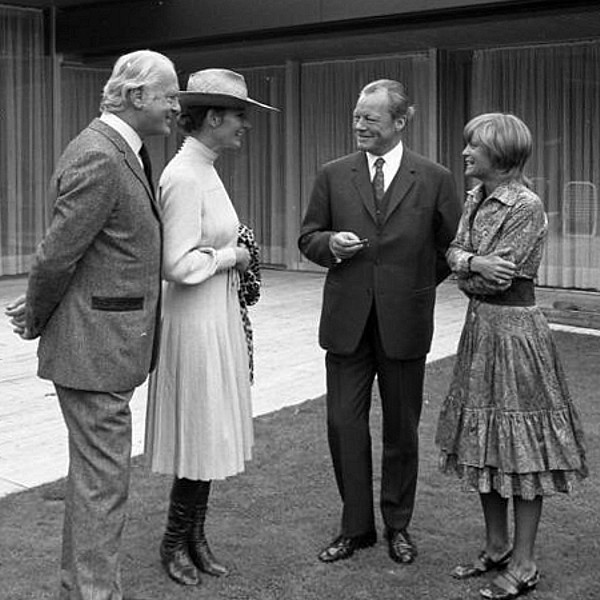
8. **The Spy Who Loved Me (1977)**With an impressive 82% on the Tomatometer, *The Spy Who Loved Me* is unequivocally hailed as the best of the Roger Moore era. Critics noted its sleek style, menacing villains, and sly wit, even while acknowledging it hinted at the absurdity that would follow in later installments. This film is where Roger Moore truly earned his 007 stripes, following two earlier outings that hadn’t quite captured his unique essence in the role.
Moore’s finest hour sees him facing off against Curd Jürgens’s maritime megalomaniac, Karl Stromberg, who hijacks Soviet and British submarines, forcing the mutually distrustful nations to team up. This mission introduces Bond to his Russian counterpart, Anya Amasova (Barbara Bach), a knockout agent with whom Bond navigates both professional and personal tensions. Their partnership becomes a central, compelling dynamic throughout the narrative, adding layers to the high-stakes espionage.
The film is bursting with unforgettable sequences, from the showstopper opening credits with Bond’s ski-chase-and-parachute-escape, to the ultimate Q branch gadget: Bond’s amphibious Lotus sports car. The entire middle section set in Egypt is particularly fantastic and taut, heightened by the relentless pursuit of Richard Kiel’s razor-toothed henchman, Jaws. For many, *The Spy Who Loved Me* was a love at first sight cinematic experience, perfectly blending large-scale spectacle with compelling character work and thrilling action.

9. **On Her Majesty’s Secret Service (1969)**Despite its historical reputation as a one-off for George Lazenby, *On Her Majesty’s Secret Service* commands an 81% Tomatometer score and is truly a remarkable Bond film. Critics praise Lazenby’s performance, the intriguing Bond girl Tracy di Vincenzo (Diana Rigg), breathtaking visuals, and some spectacular ski chases. Lazenby, far from being a dud, proved to be a totally respectable Bond, injecting a new, more vulnerable dimension into the character.
This film, much more than a mere placeholder while Sean Connery was deliberating his return, took 007 in a deeply personal direction. While still capable of throwing a punch and engaging in thrilling action, Lazenby’s Bond grapples with emotional complexities previously unseen. His harrowing confrontations with Telly Savalas’s Blofeld and his “angels of death” are intensified by the profound personal stakes involved in the story.
The narrative reaches its emotional peak when Bond falls in love with and marries Diana Rigg’s troubled Contessa Teresa di Vicenzo. This groundbreaking development showcases a side of 007 that fans rarely witnessed, highlighting the sacrifices and personal costs of his dangerous profession. However, their happiness is tragically short-lived, with Tracy cruelly taken away, revealing the profound price Bond pays for his job and giving audiences the first glimmer of an existential 007. *On Her Majesty’s Secret Service* is a masterpiece that defied expectations, proving that Bond could be both an action hero and a man capable of deep feeling and tragic loss, securing its place as a beloved, if initially underappreciated, entry in the canon.
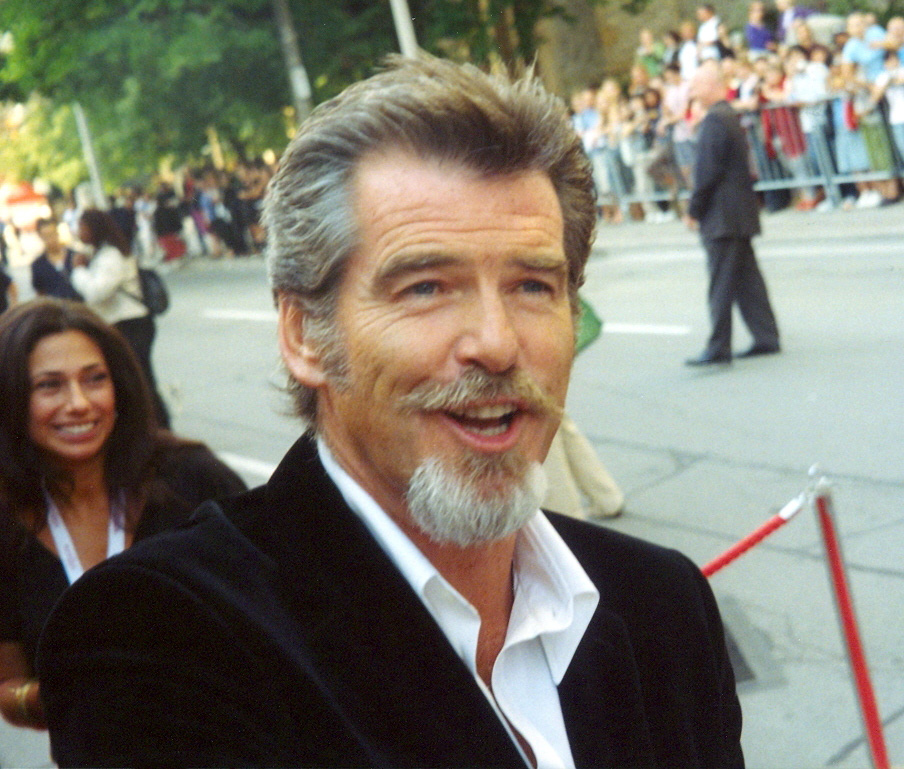
10. **GoldenEye (1995)**Pierce Brosnan’s debut as 007 in *GoldenEye*, scoring a robust 80% on the Tomatometer, is widely regarded as his finest moment in the role. Critics hailed it as the first and best Pierce Brosnan Bond film, effectively bringing the series into a more modern context. The result was a high-tech, action-packed, and urbane entry that thrilled audiences and proved that the franchise could thrive in a post-Cold War world.
This film was not just about spectacular action and cutting-edge gadgets; it also dared to ask more profound questions about Bond himself. In a memorable face-off, Trevelyan challenges Bond about whether all those vodka martinis manage to silence the screams of the men he’s killed. This moment made audiences question the moral price tag that came with our hero’s license to kill, adding unexpected depth to the character. *GoldenEye* proved that Pierce Brosnan was a solid Bond, a smooth operator who, in his debut outing, delivered an excellent and thought-provoking cinematic experience, making it a fitting conclusion to our top ten ranking.
And there you have it, our definitive ranking of the ten best James Bond films, a journey through six decades of cinematic excellence, breathtaking action, and unforgettable characters. From the foundational charm of Sean Connery to the brooding intensity of Daniel Craig, each iteration of 007 has left an indelible mark on cinema, continuing to define what a global spy thriller can be. As we eagerly anticipate the next chapter for James Bond, one thing remains certain: the allure of a vodka martini, shaken not stirred, and the timeless appeal of 007 will undoubtedly continue to captivate audiences for many more years to come. Here’s to the next adventure!


